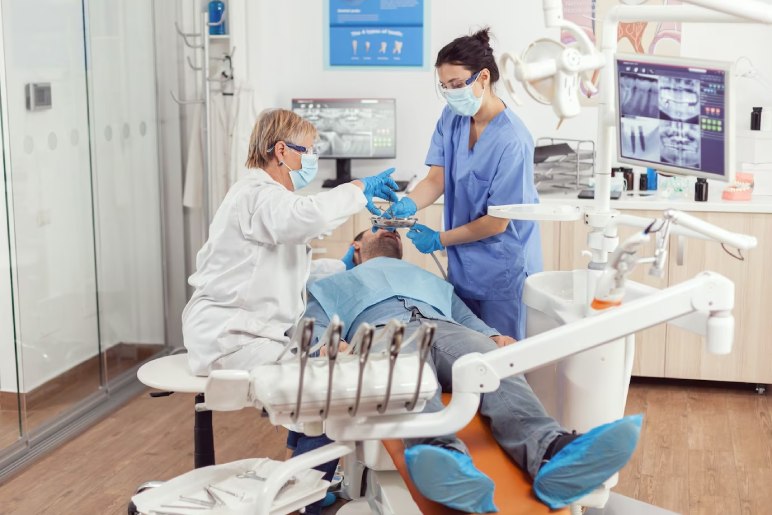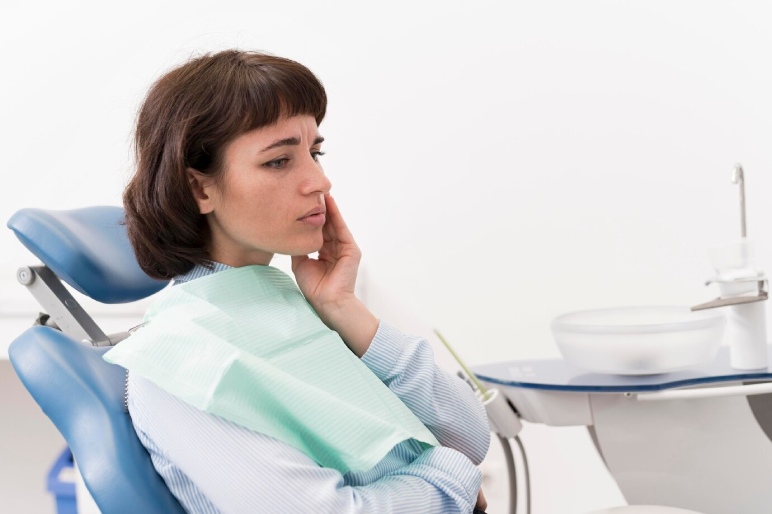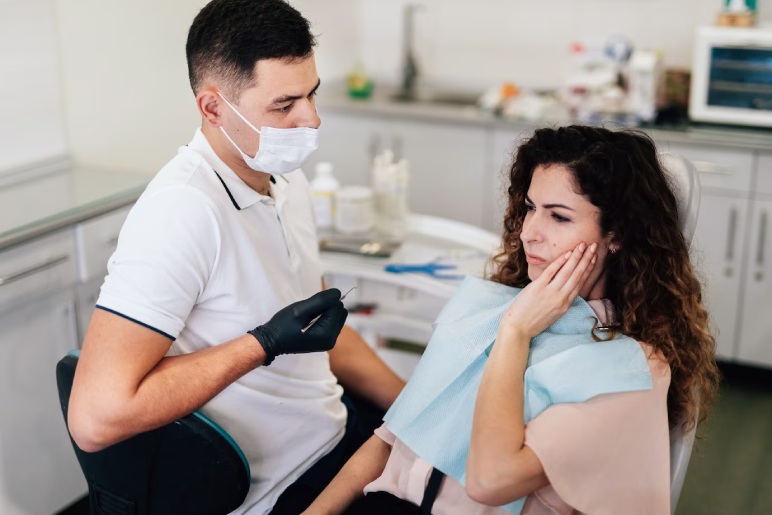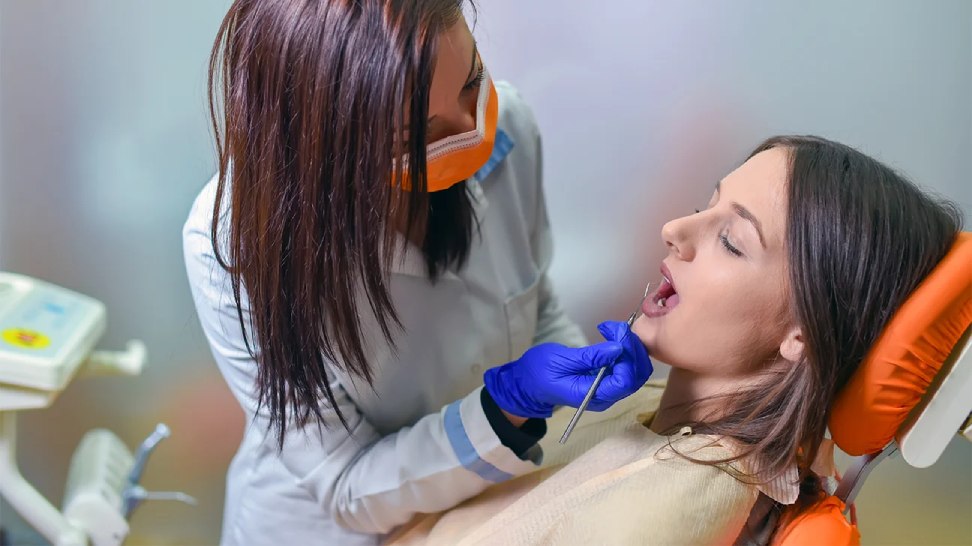After going through a tooth extraction, your concentration naturally moves to recovery. However, amidst the eagerness to continue daily activities, the inquiry arises: How long should you wait to exercise after tooth extraction before jumping back into your exercise schedule? Finding the right balance between rest and physical activity is crucial for a smooth recuperation process. We should explore the optimal timing for exercising after a tooth extraction.
How Does The Healing Process Work After Tooth Extraction?

Before hurrying into physical effort, it’s essential to understand the intricacies of the healing excursion post-tooth extraction. When a tooth is eliminated, it leaves behind a socket in the gum and bone. To understand how long should you wait to exercise after tooth extraction you have to understand first how the tooth extraction process works.
This area is delicate and inclined to bleeding and contamination immediately after the method. The body initiates a cascade of healing reactions, including blood clot formation and tissue regeneration.
Immediate Post-Extraction Period: Rest Is Key

In the initial 24 to 48 hours following a tooth extraction, your body requires ample rest to kickstart the healing process. Engaging in strenuous physical activities during this critical phase can disrupt the formation of the blood clot, leading to complications like dry socket — a painful condition where the clot dislodges prematurely.
Assessing Individual Recovery
Each individual’s healing process is novel, affected by factors like overall health, the intricacy of the extraction, and adherence to post-operative care directions. Counseling your dentist or oral specialist for personalized guidance regarding your recovery timetable is paramount. They can evaluate your particular case and give tailored recommendations on when once again introducing exercise into your routine is safe.
Nutritional Considerations During Recovery
Paying attention to your dietary decisions is essential for assisting the healing process following a tooth extraction. Soups, smoothies, yogurt, and cooked veggies are great chomp-and-swallow wellsprings of soft, supplement-rich meals. Adequate hydration is also necessary for safeguarding oral health and advancing oral tissue regeneration. Staying hydrated is essential for maximum healing, so make sure to drink enough water over the day.
Impact Of Different Exercise After Tooth Extraction

As the days progress post-extraction, monitor your body for signs indicating readiness to continue physical activity. These signs may incorporate diminished swelling and discomfort, the absence of bleeding or discharge from the extraction site, and further developed overall energy levels. However, it’s crucial to tread carefully and gradually ease back into your exercise routine to forestall unnecessary strain on the healing area.
Postpone High-Impact Activities
While you may be eager to return to your regular workout power, deferring high-impact activities briefly longer is advisable. So any ideas of how long should you wait to exercise after tooth extraction? Exercises that include heavy lifting, vigorous cardio, or strenuous developments can apply unjustifiable strain on the jaw and encompassing tissues, potentially delaying the healing process or causing discomfort.
Low-Impact Exercise: A Gentle Approach
In the initial days following a tooth extraction, consider incorporating low-impact exercises into your everyday practice. Activities like walking, light extending, or gentle yoga can advance blood circulation and enhance overall well-being without placing exorbitant strain on the healing site. Listen to your body and change your workout power as expected to guarantee a comfortable encounter.
Gradual Return To Normalcy
As the main week post-extraction draws near, you may start to feel more accustomed to your daily practice. However, it’s essential to keep exercising caution and refrain from overexerting yourself. Gradually once again introduce moderate-power exercises while remaining aware of any discomfort or signs of strain. Keep in mind that patience is key to a fruitful recovery.
The Two-Week Milestone
Before the surgical extraction, many individuals report a marked improvement in both their degree of comfort and their oral health. Feeling learned to move forward with your exercise routine could be smart at this second. While it is normally safe to engage in moderate physical activities, you should nonetheless prioritize your oral cleanliness routine and avoid doing anything that could slow down the healing process.
Consultation With Your Dental Professional
Staying in constant contact with your dentist is critical during your whole recovery process. Make it a highlight to obtain advice from your dentist or oral specialist on the off chance that you have any worries or inquiries concerning whether to exercise after a tooth extraction. Based on your remarkable situation, they can give adroit advice and assist you with certainly navigating the recovery process.
Monitoring Oral Symptoms And Discomfort

It’s crucial to look out for any indications of oral discomfort or complications when you gradually return to comfort activities following a tooth extraction. Persistent pain, swelling, or an unpleasant odor could be signs of contamination at the extraction site, so be cautious.
If you have any unsettling symptoms, you must quickly make an appointment with your dentist for additional assessment and guidance. Guess the idea of how long should you wait to exercise after tooth extraction. For better recovery, you must understand when to take the help of the doctor.
Ideal intervention methods can assist with keeping issues from deteriorating and assure a smooth recovery process.
Restorative Practices For Oral Health
In addition to avoiding over-the-top exercise during the immediate post-extraction period, performing restorative activities for oral health can accelerate the healing process and diminish the chance of complications. Follow your dentist’s advice for oral cleanliness, which may incorporate utilizing a soft toothbrush, washing with salt water, and avoiding tobacco products. The best circumstances for tissue repair and regeneration are achieved by maintaining a clean, bacteria-free oral climate.
Psychological Well-Being During Recovery
The recovery period following a tooth extraction can have a significant impact on your psychological well-being, to the point where it impedes your regular daily schedule or causes discomfort. Prioritize taking care of oneself techniques that advance relaxation and alleviate stress, like profound breathing exercises, meditation, or participating in enjoyable leisure activities. As you negotiate the troubles of recovery, circle yourself with supportive friends and family who can give you courage and support.
Conclusion

All in all, it is prescribed to address the subject of how long should you wait to exercise after tooth extraction. While it’s important to relax after a framework, it tends to be useful to gradually continue physical activity to advance healing and overall health. Maintaining your oral health and wellness as a top priority can pave the path for a fruitful and smooth recovery. Thus, pay attention to your body, move at a leisurely pace, and partake in the excursion to better oral health and general well-being.
Read Also:
- 4 Self-Care Tips For Migraine
- What Are Some Bosu Ball Exercises?
- What Are The Benefits Of An Ice Bath Tub?
- How to get rid of cankles: A Comprehensive Guide

